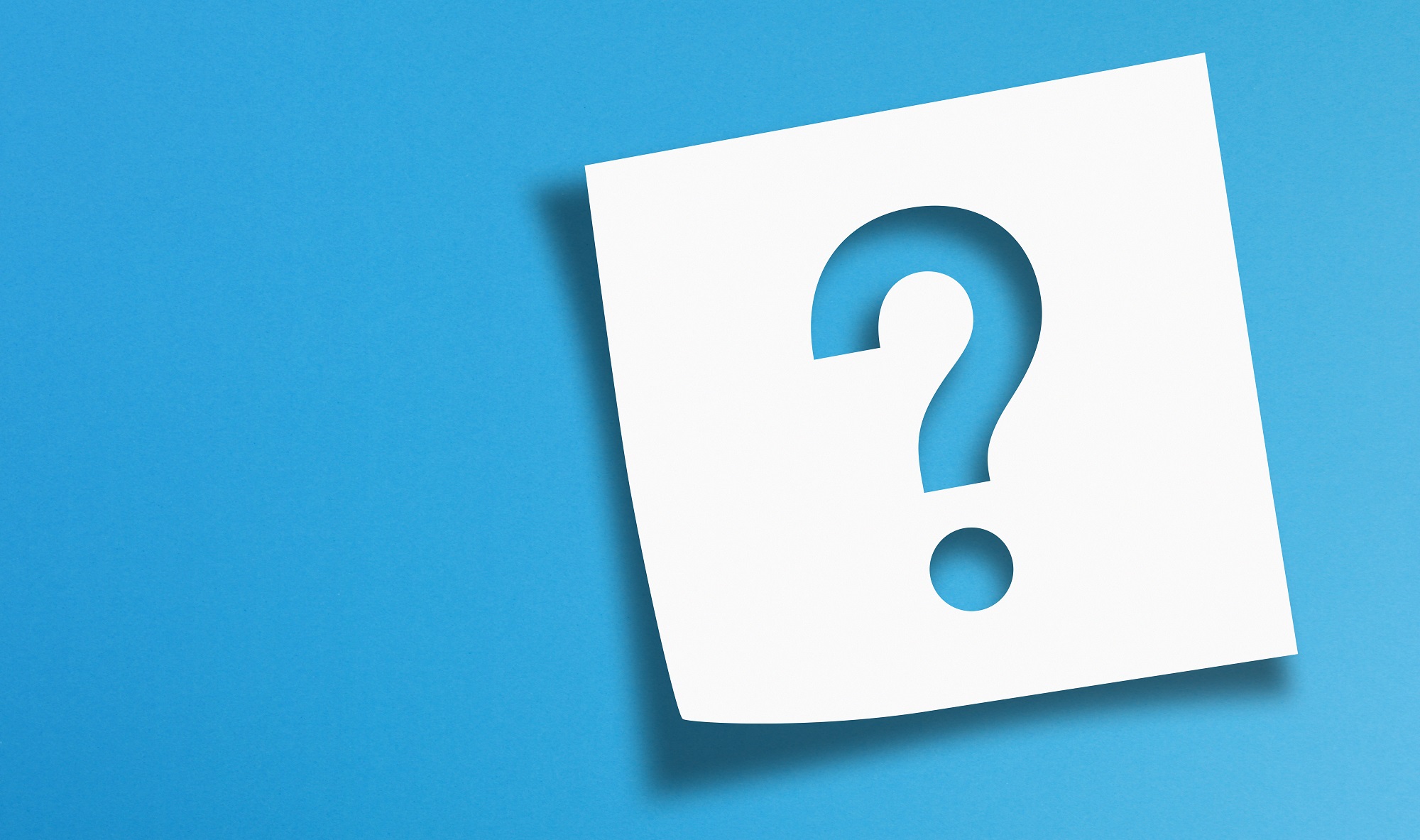We’re asked this question a lot as these are two of the reports that form part of the regular management information used by most businesses. Whilst they both offer information about the financial performance of the business; they each tell a vastly different story.
Fundamentally, the balance sheet is like a photograph of the business’ financial position at a given moment in time, where the profit and loss tells more of a story as to how that value is made up.
What is a Profit and Loss Report?
A profit and loss, also called a P&L, report is an important financial statement for every business. In summary profit and loss reports detail the company’s financial performance during any given period. It is a statement of the income and expenses, normally divided into categories, that when considered in conjunction with one another, explains how the company has fared and the extent to which it has been able to turn a profit. A P&L report typically covers a standard reporting period e.g., a quarter or a year, but effectively it can be set between any two dates to indicate financial performance in that period. You can read more about the P&L here.
What is a balance sheet?
A balance sheet draws together the value of the business from a number of sources. Firstly, it’s assets, which will be made up of ‘cash’ (money in the bank and investments), unpaid invoices (monies owed to the business) and any tangible elements (e.g., equipment, machinery, vehicles or property) which hold a residual value and could, in theory, be sold to create more cash.
The business will also have liabilities; money it owes to suppliers, directors, loans or in taxes. These will be deducted from the assets to create a net asset value.
Finally, the balance sheet will detail the equity of the business. One aspect of which will have been informed by the P&L, which is the earnings. This figure will be made up of the cumulative value of the net profit over the business’ lifetime and the current year’s profit. The share value will then be added to this before being totalled with the net asset value to give a total equity valuation
Lehman Brothers Balance Sheet
If you want a good example of the difference between the P&L and the balance sheet then Lehman Brothers bank is the best place to start. If ever there was an example of a balance sheet being a snap shot in time, this is it. If you had looked at Lehman’s balance sheet in the months leading up to the banks collapse it would have looked healthy, with billions in assets – money owed to it as a result of its lending. As noted above, in theory these assets could have been liquidated and turned into cash so the assets had a notional value. But as we now know, those assets actually didn’t have any value and Lehman’s money had been used to buy assets (in this case housing mortgages) that were greater than the value of the properties they were buying. It wasn’t that straight forward, they didn’t own the mortgages or the houses, directly, this was managed by insurance bonds – but the concept is there.
Compare this to their P&L, even the day before they collapsed, which would have shown them making $ millions by the minute across their trading activities – giving a suggestion of a profitable enterprise. But even though the business itself was profitable, no amount of money going in to the top could undo the fact that their assets were essentially worthless, making the assets : liabilities ratio completely reversed and wiping out the value in moments.
